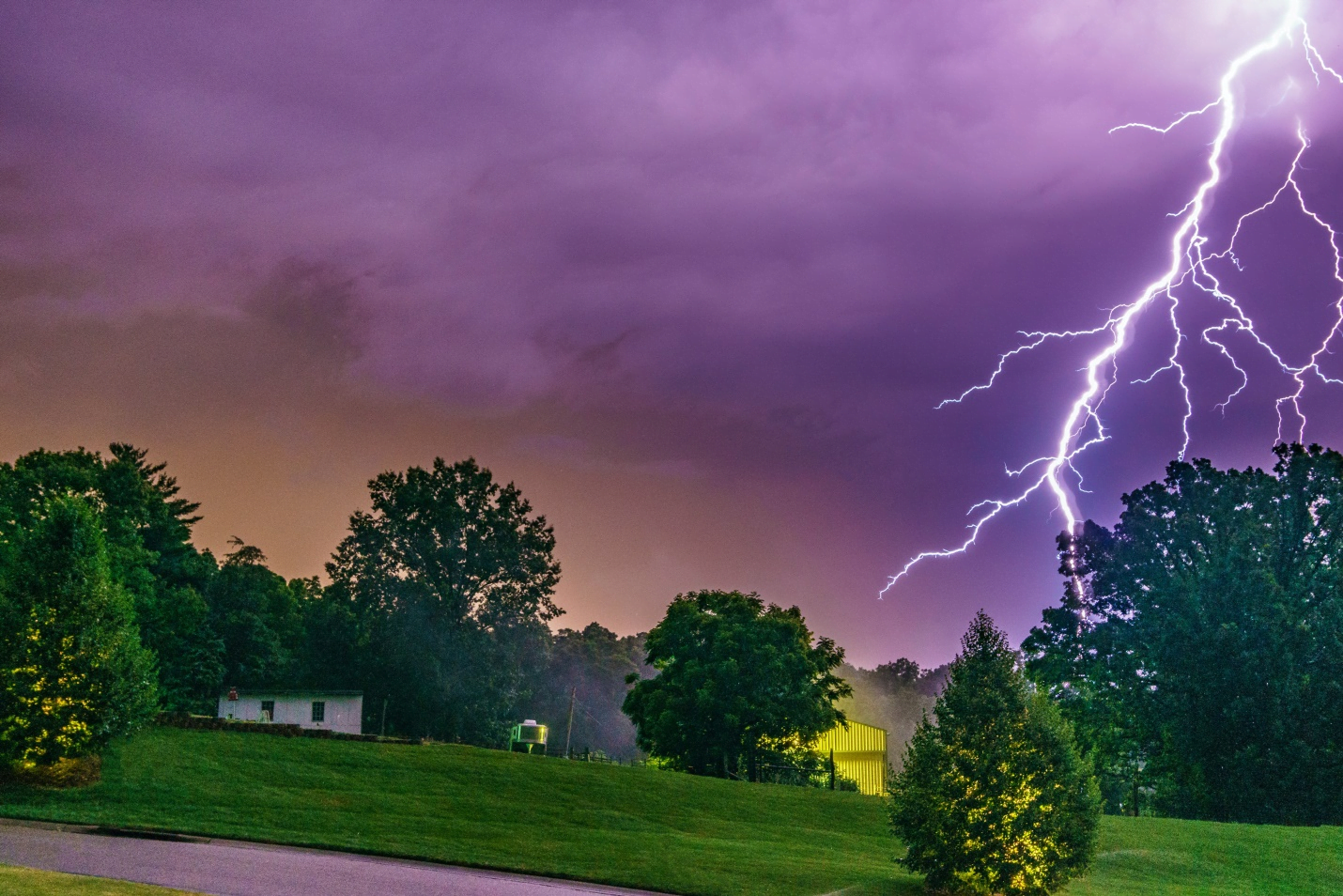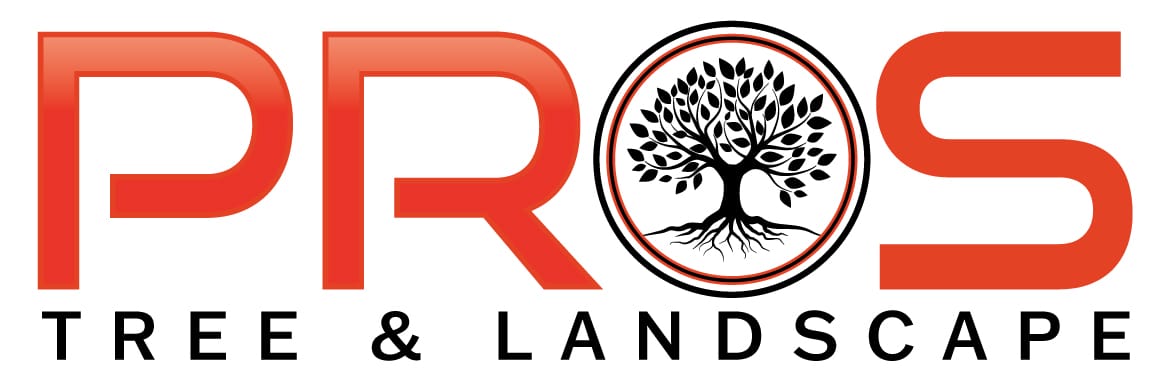A severe storm can create a trail of damage in its wake, including uprooted trees and falling branches. While storms are an unavoidable part of life, it is critical to recognize the hazards that trees might pose following such catastrophes. Tree Pros is a tree care company in Arizona. We understand tree risks after storm and offer exceptional tree care services to ensure your trees are in top condition. This blog will delve into common tree risks after storms and explore why they happen. You can take the necessary precautions to protect yourself, your belongings, and the environment by being aware of these threats.
Uprooting
Uprooting is one of the most apparent tree dangers following a storm. When the soil gets saturated with water due to severe rainfall or flooding, the ground’s stability deteriorates, making it easier for strong winds to uproot trees. In addition, trees with uneven development, rotting branches, or shallow root systems are more vulnerable to uprooting during storms.
Broken or Split Trunks
High winds and heavy rains can cause tree trunks to weaken and, in severe situations, break or split. This risk is more substantial for older trees or those already afflicted with diseases or decay. Strong winds can disrupt weak branch unions, which occur when two or more branches grow too close to one another.

Falling Branches
Broken or weakened branches can pose a serious risk after a storm. Branches can snap off and fall to the ground because of strong winds, heavy rain, or accumulated ice. These falling branches have the potential to cause harm to people, cars, and property. Furthermore, trees with dead or diseased branches, or those with poor structural integrity, are more likely to experience branch failure during storms.
Leaning Trees
Storms can cause trees to lean or tilt due to the pressure produced by high winds. Strong winds and damp soil can cause it to move from its original location. Leaning trees are unstable and pose a risk to surrounding buildings, electricity lines, or people if they fall over.
Crown Twist or Wind Throw
A tree’s crown, or the top portion, is particularly vulnerable during storms. High winds can cause the crown to twist or uproot entirely, resulting in what is known as windthrow. This is common in trees with thick foliage or inadequate branch dispersion. Windthrow can damage electricity lines, obstruct roads, and cause significant property damage.
Tree Pros, Phoenix’s premier tree care services provider, is renowned for our unwavering dedication to client satisfaction and delivering top-quality results. Our comprehensive range of services includes tree removal, tree trimming, stump removal, and more.
Experience the difference today – reach out to us now!
